








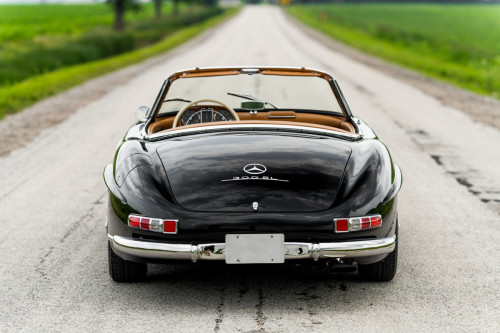
(via Car Porn: 1957 Mercedes-Benz 300 SL Roadster - Airows)
from Tumblr https://somar78.tumblr.com/post/661411670918299648
The car you see here covered in dust and lichen is the only example of the Reliant Bond Equipe that was ever made. It’s a prototype car that was developed to replace the Bond Equipe of 1968, though sadly it never made it to production as the factory was shut down.
The Reliant Bond Equipe had been intended as a sibling to the Reliant Scimitar, with closely related styling at a smaller scale with a more affordable price tag. It’s a shame the car never made it to production as it likely would have proven popular during the financially austere years of early 1970s Britain.
The Bond Equipe was launched in 1963 as a 2+2 sports car based on the chassis and running gear of the Triumph Herald, with the engine sourced from the more sporting Triumph Spitfire.
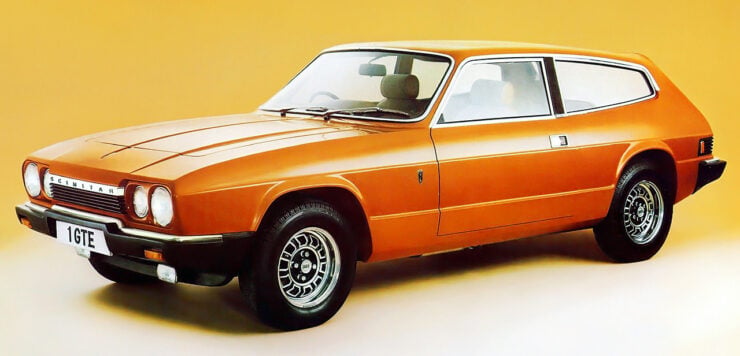
This is the Reliant Scimitar GTE, you can see the visual similarity between the design of this car and the Reliant Bond Equipe Prototype, particularly around the front end.
The Equipe had been developed to serve a market segment that would later become well defined and hotly contested – the segment for fast cars with four seats and trunk space for mothers and fathers who wanted a sports car but needed space for the kids.
Bond Cars had been founded back in 1922 in Preston, Lancashire under the name Sharp’s Commercials by Paul Sharp. In 1949 Sharp’s Commercials Ltd began the production of a new three-wheeled car designed by Lawrence (Lawrie) Bond, named the Bond Minicar.
The post-WWII economy in Britain was a time of severe austerity and as such, small and inexpensive cars like the Bond Equipe proved vastly more successful than they may have been otherwise, with almost 25,000 of them sold between 1949 and 1966.
The Bond Minicar was originally powered by a single-cylinder two-stroke Villiers engine of either 122cc or 197cc, and it had a single wheel at the front with two wheels at the back.
So popular was the Bond Minicar that Sharp’s Commercials Ltd changed their name to Bond Cars in 1963, and in that same year the company would release their first four-wheel car – the Bond Equipe.
Due to the smaller size of Bond Cars they opted to use the chassis and running gear of the popular Triumph Herald as the basis of their new car, with the engine supplied by the Triumph Spitfire sports car.
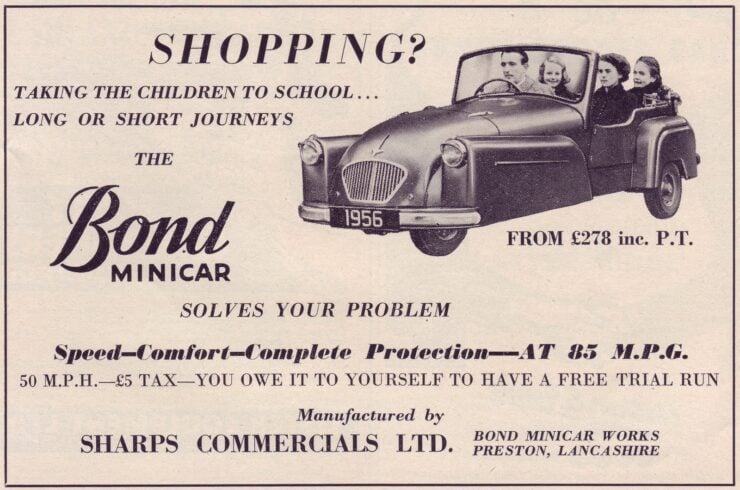
An early ad used by Sharps Commercials Ltd to advertise the popular three-wheeled Bond Minicar – almost 25,000 of them would sell.
In order to keep cost and complexity low the Equipe also used the Herald’s bulkhead, windscreen and doors. The rest of the body was made from fiberglass. still a relatively new material at the time that allowed smaller automakers to build car bodies without needing expensive steel stamping equipment.
The Bond Equipe was sold over five major model variations between 1963 and 1970 with a total of 4,389 produced. The first model was the Bond Equipe GT 2+2, which was followed by the Bond Equipe GT 4S, Bond Equipe GT 4S 1300, Bond Equipe 2-Litre Mark I Saloon, and finally by the Bond Equipe 2-Litre Mark II Saloon and Convertible.
Reliant took over Bond Cars in February of 1969 and immediately set about rationalizing the production line. They ultimately decided to discontinue the Bond Equipe even after designing a new version that would fit in with the Reliant product line and creating fiberglass moulds for it.
The Bond 875 three-wheeler would also get the chop, but interestingly they decided to keep the highly unusual wedge-shaped Bond Bug in production. Interestingly a Bond Bug chassis and running gear would later form the basis of the Star Wars Landspeeder.
In 1974 the Bond Bug was discontinued and the Bond name would leave production. There have been a number of attempts to bring it back over the years however none have proven successful.
The Reliant Bond Equipe prototype is evidence that Reliant had serious intentions of keeping the Bond Equipe in production. The project to build a new Equipe used the fundamental basic format as the original car with updated Reliant Scimitar-influenced design cues.
Although no one will ever know for sure, it’s likely that the Reliant Bond Equipe would have been reasonably popular in Britain in the 1970s, possibly even more so than the Scimitar itself.
Ultimately one car would be made and fitted to a Triumph chassis and running gear. It never received an engine, transmission, glass, or an interior. The early history of the prototype is largely lost to history however we do know that it was bought by a private owner in 1981 and stored away carefully in a barn.
This private owner passed away recently and the car was rediscovered, it’s now being offered for public sale for the first time in over 40 years with an estimated value of between £2,000 – £3,000 ($2,770 – $4,160 USD).
Hopefully the car will sell to someone with the intention and ability to finish the job of building it and show the completed Reliant Bond Equipe to the world for the first time.
If you’d like to read more about the car or register to bid you can click here to visit the listing.
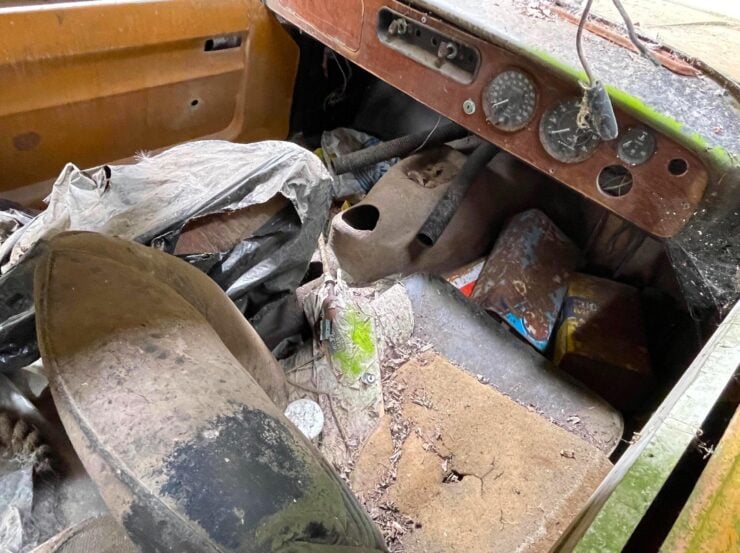
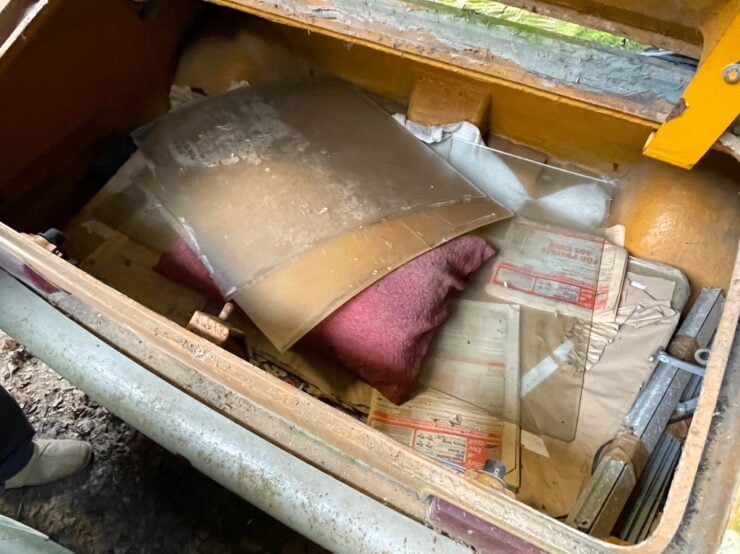
Images courtesy of Bonhams
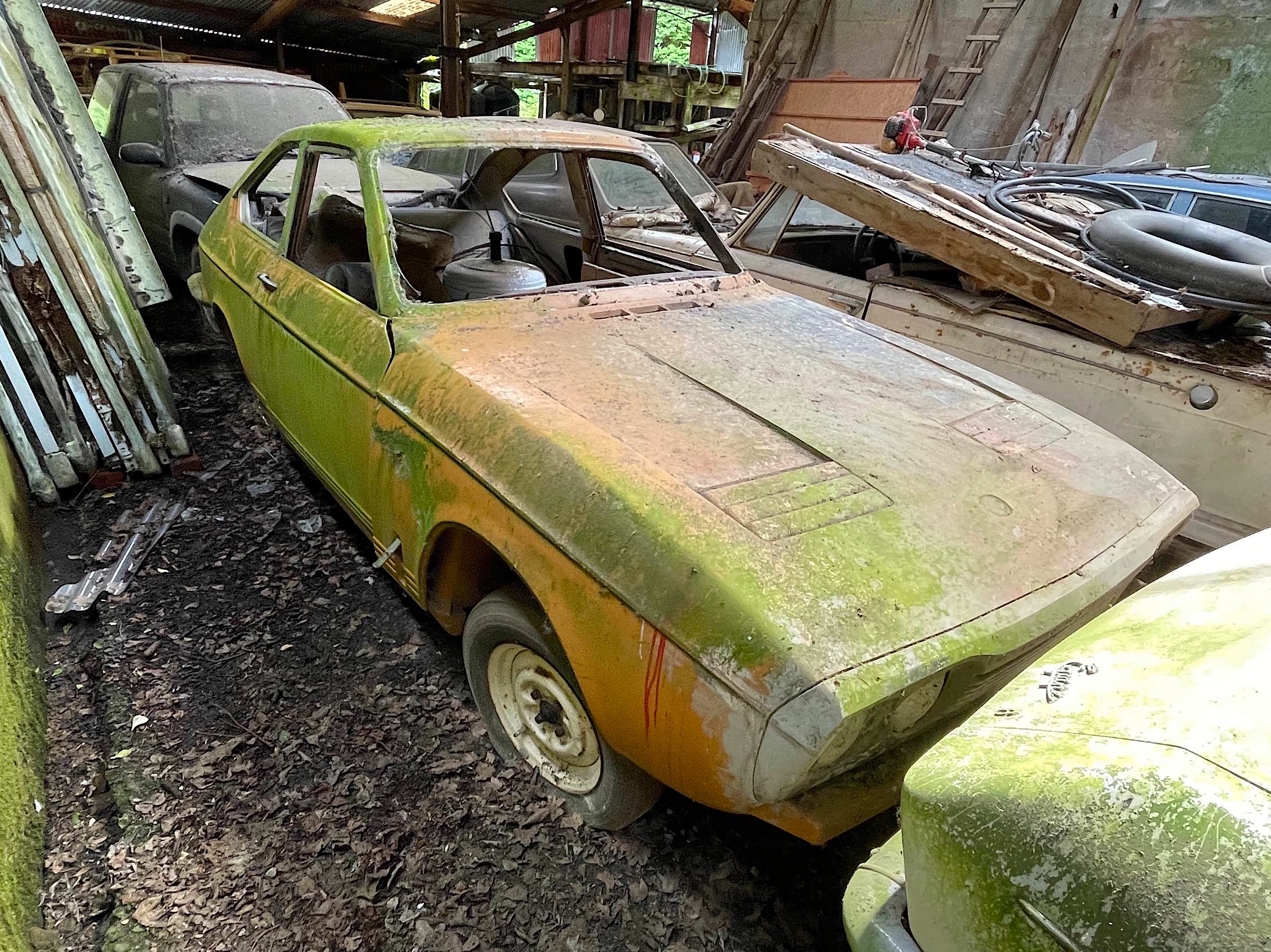
The post Rediscovered In A Barn: The Long Lost Reliant Bond Equipe Prototype appeared first on Silodrome.
The Holden Piazza, aka the Isuzu Piazza, is a car unfamiliar to many, just 13,000 or so were built between 1981 and 1990 and today they’re skyrocketing in popularity as they’re typically quite affordable, and ’80s-era sports cars are all the rage.
With its turbocharged engine (on some models), pop-up headlights, and unmistakable styling from the same man who designed the DeLorean DMC-12, the Piazza is a little-known 1980s treasure that is quickly being discovered by the Radwood generation.
Interestingly enough Isuzu is one of Japan’s oldest carmakers, the company was founded back in 1916 to build cars from British company Wolseley Motors using knock-down kits.
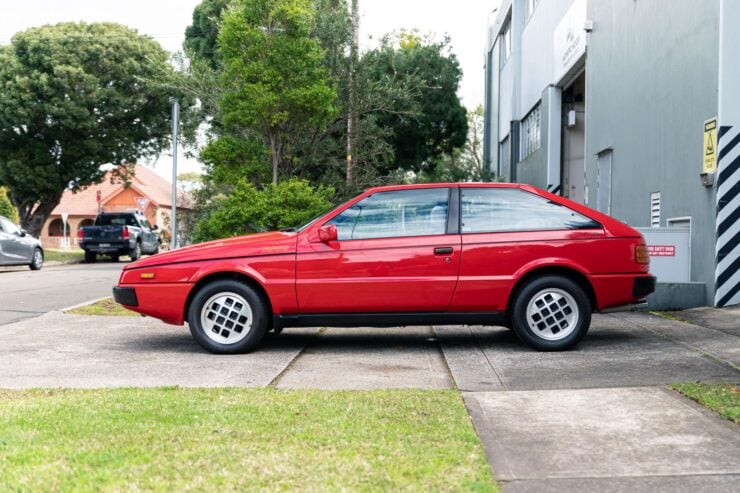
The styling of the Piazza is instantly recognizable, with design cues from many of Giugiaro’s other designs from the era.
The company is best known today for their large commercial vehicles and pickup trucks, however they do have a number of notable cars to their name including the Isuzu 117 and the Isuzu Piazza among others.
The project to build the Piazza began back in the late 1970s when it became clear that Isuzu would need a new car for the arrival of a new decade: the 1980s. The plan was to replace the aging Isuzu 117 sports car with a new car that offered both a sporting driving experience and the practicality of hatchback design.
The Volkswagen had launched the age of the hot hatch back in 1976 with the release of the VW Golf GTI and it was clear this new market segment was going to grow rapidly. Isuzu already had an established relationship with Giorgetto Giugiaro who had penned their earlier 117 model, Giugiaro had also designed the Golf for Volkswagen, so he was the perfect man for the job.
Isuzu gave Giugiaro total freedom with the design of the new car and he certainly didn’t disappoint. Giugiaro is known for putting just as much effort into the design of mass-produced consumer cars as he does with hand-built supercars, over the course of his career he designed everything from the DeLorean DMC-12 and the AMC AMX/3 to the Fiat Panda and the Mazda Familia.
The prototype that rolled out of the Italdesign headquarters was perfectly positioned to lead Isuzu’s charge into the 1980s. It featured pop-up headlights, cutting-edge styling, and a 135 hp 2.0 liter DOHC MPFI inline-four cylinder engine mated to a 5-speed transmission.
General Motors was a major shareholder in Isuzu at the time, GM would also acquire Lotus later in the 1980s and fortunately they sent a Piazza to Lotus for handling work – resulting in a Lotus-tuned version of the car that was produced in relatively large numbers and is now highly sought after.
The Isuzu Piazza uses relatively straightforward unibody construction, with stamped steel body panels.
Suspension is by double wishbones with a coil spring and anti-roll bar up front and a live axle located by four trailing links and a Panhard rod, with coil springs and an anti-roll bar.
Above Video: A humorous 1980s-era television ad for the Piazza featuring Joe Isuzu.
A varity of engines were offered over the course of the 1981 to 1990 production run including the 1949cc G200Z inline-four, the 1949cc G200WE DOHC inline-four, the 1994cc 4ZC1-T turbo inline-four, and the 2254cc 4ZD1 inline-four for US market cars.
Power ranged from just 90 hp on the low end up to 140 hp with 166 lb ft of torque on the turbocharged cars, 2.3 liter US market cars had 110 hp and 127 lb ft of torque.
A number of trim levels were available including Bella, XN, XJ, XE, XG, Nero and there were three different suspension tuning levels: Standard, Irmscher, and Lotus – however this depended on year.
A 5-speed manual transmission was standard on all cars however buyers could opt for a 4-speed automatic.
Approximately 13,000 examples of the Piazza were made in total and it’s not known how many have survived to the modern day. In more recent years the cars have been attracting more attention due to their styling and unusual history, as a result prices are on the rise.
The car you see here is the Holden Piazza XE model, essentially a rebadged Isuzu Piazza XE for the Australian market. This car is fitted with the desirable 1994cc 4ZC1-T turbo inline-four that makes 140 hp and 166 lb ft of torque in standard trim.
It’s also equipped with cruise control, a Dolby sound system with four-way speakers, a velour interior, central locking, power steering, air conditioning, electric windows and mirrors, a digital dashboard, and perhaps most importantly – pop-up headlights.
The car is currently for sale out of Chatswood in Sydney, Australia. It has 107,453 kms on the odometer (66,768 miles), and it had its most recent servicing at A-Z Auto Sydney in February 2021.
If you’d like to read more about this car or bid you can click here to visit the listing, it’s being auctioned live at the time of writing on Collecting Cars.
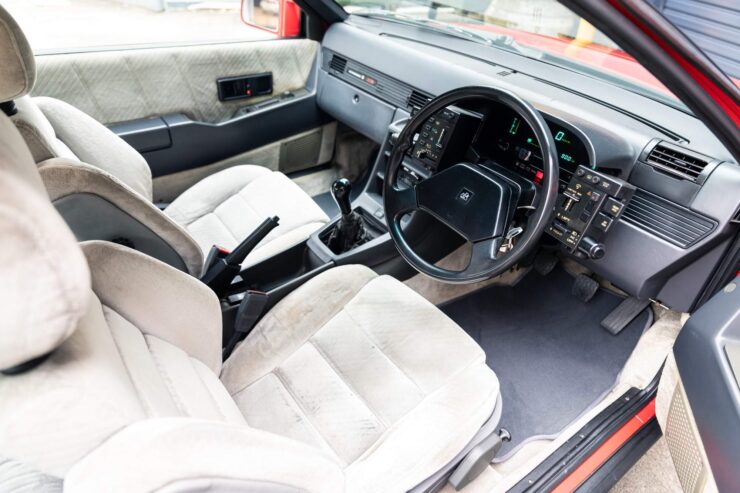
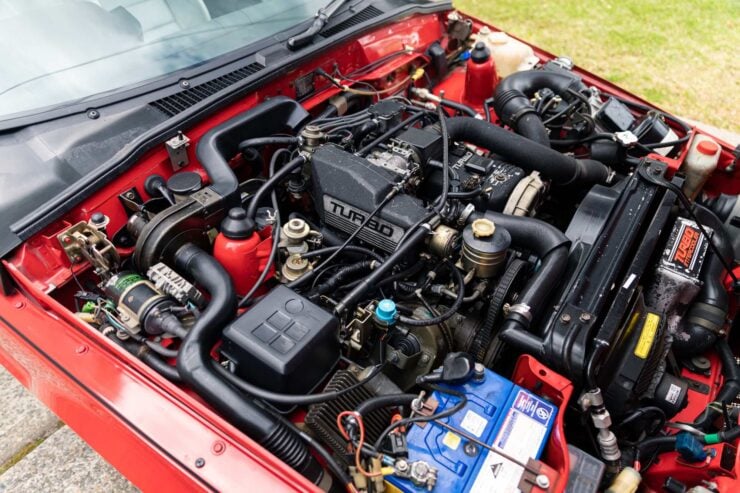


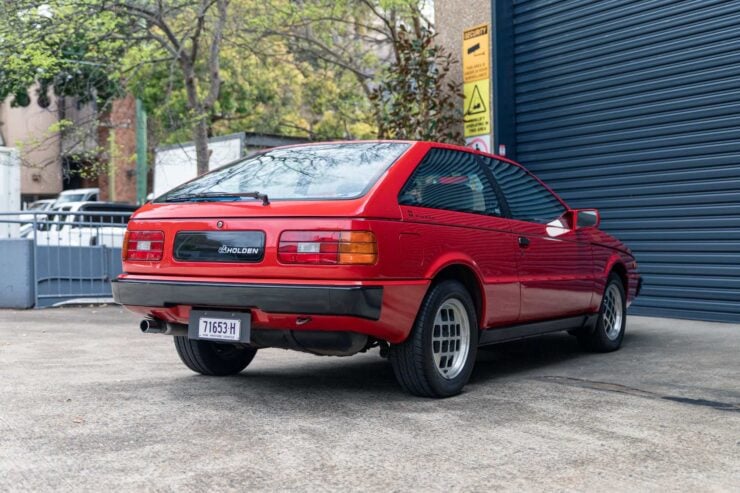
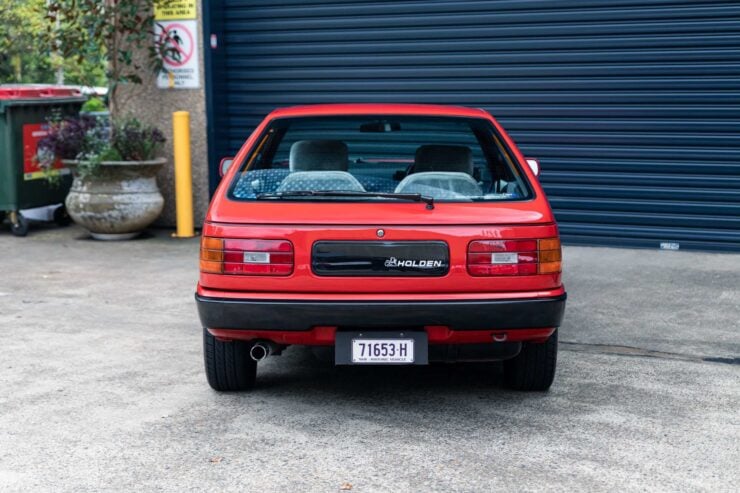
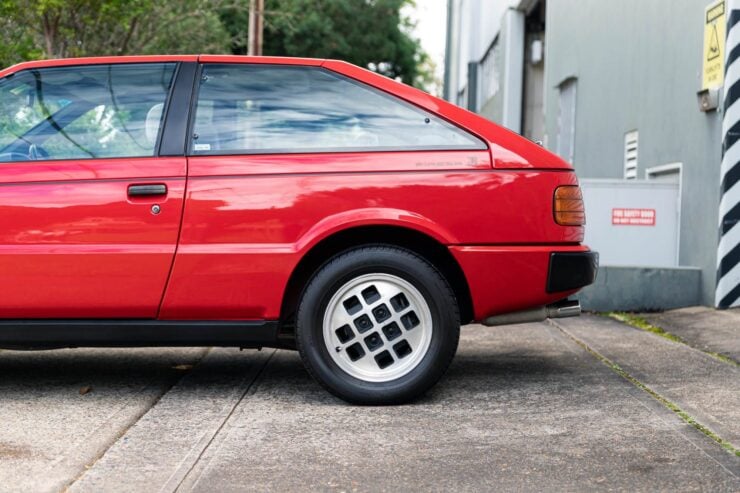
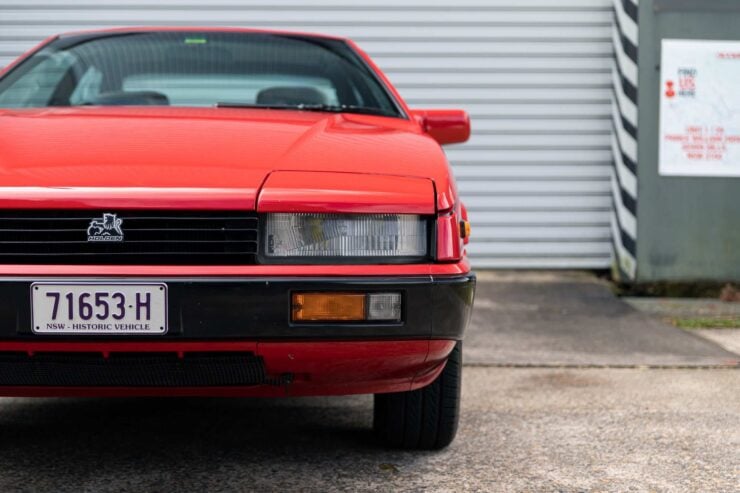
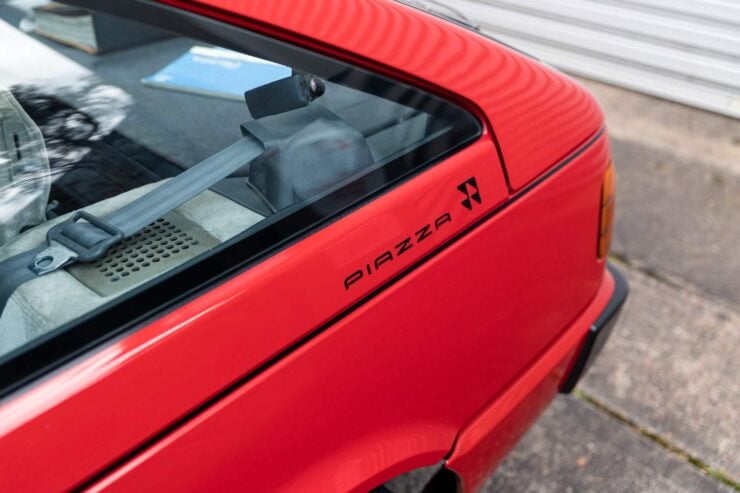
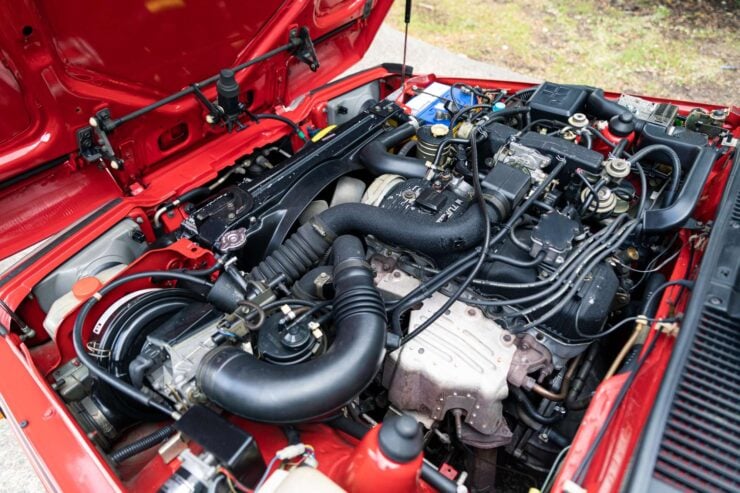
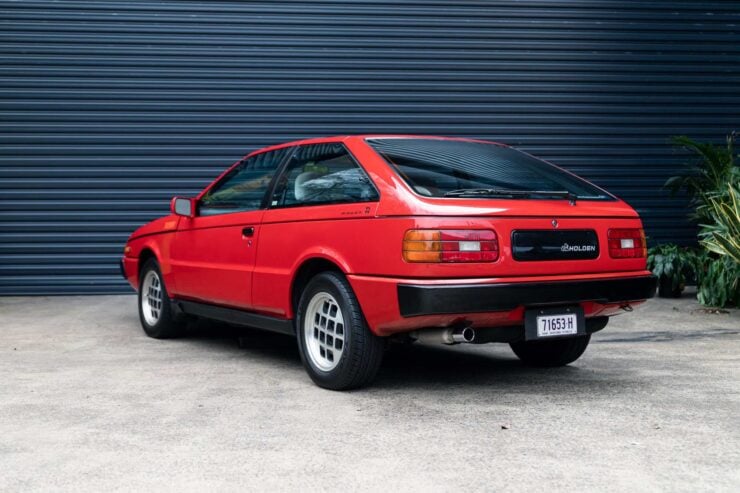
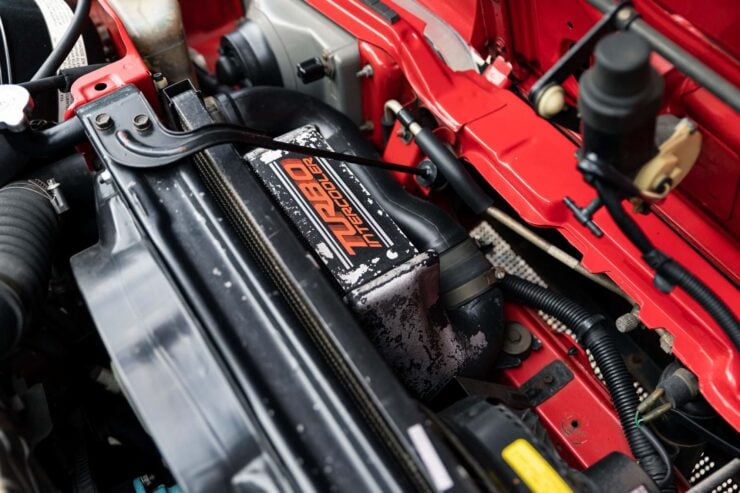
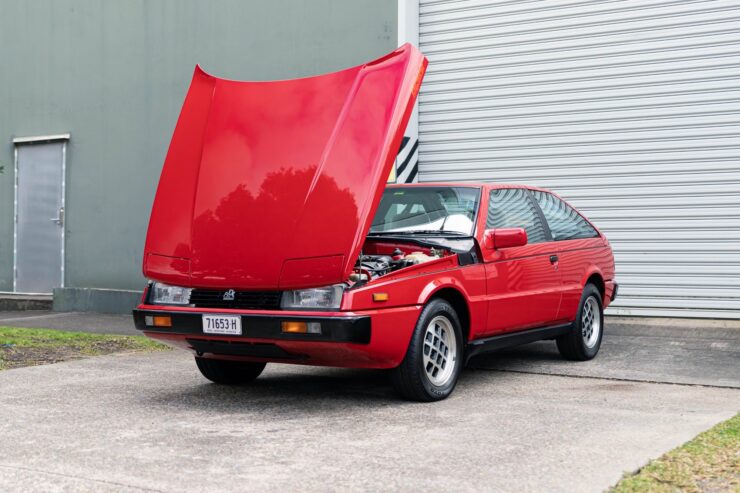
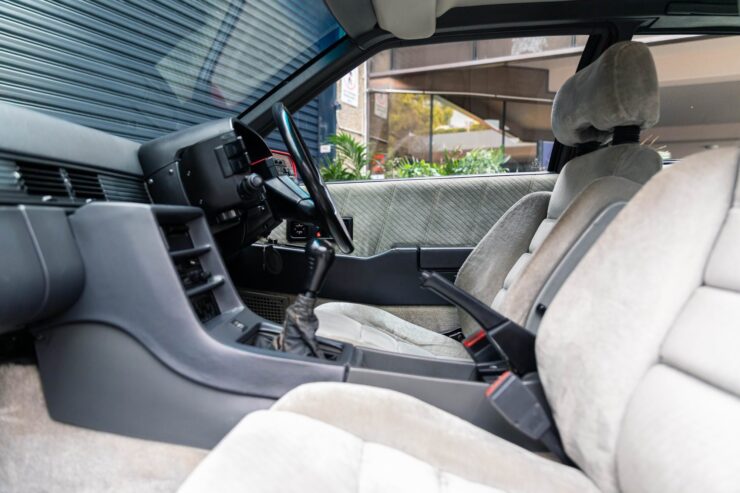
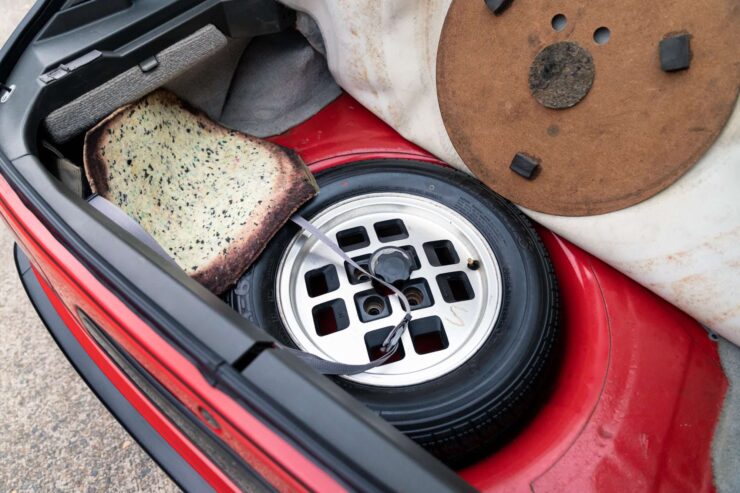
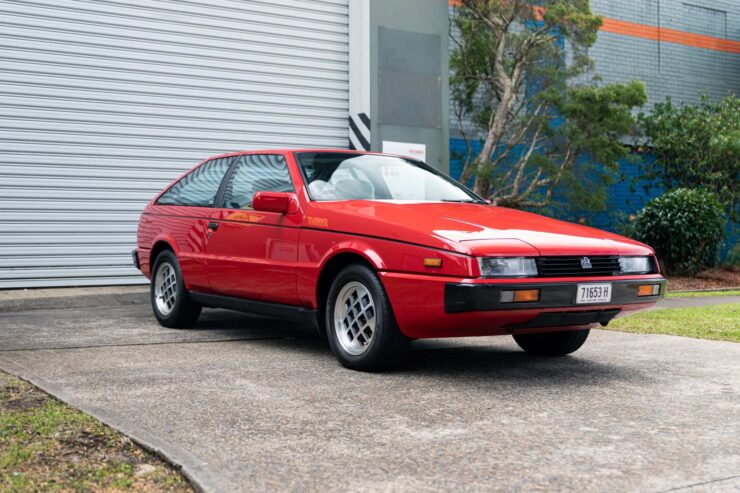
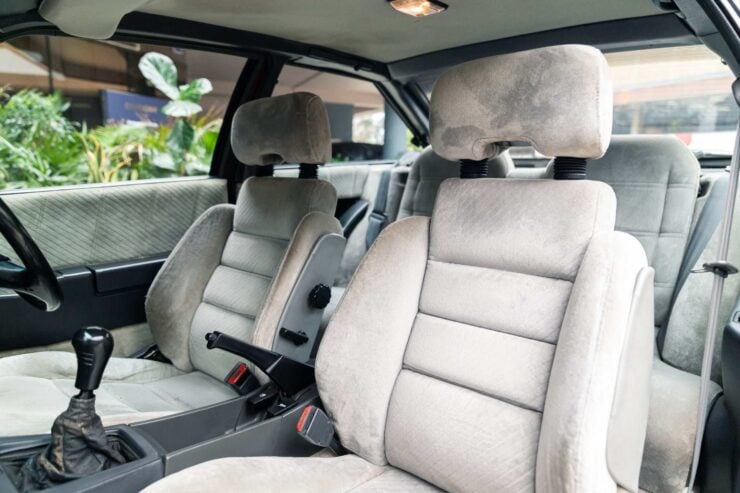
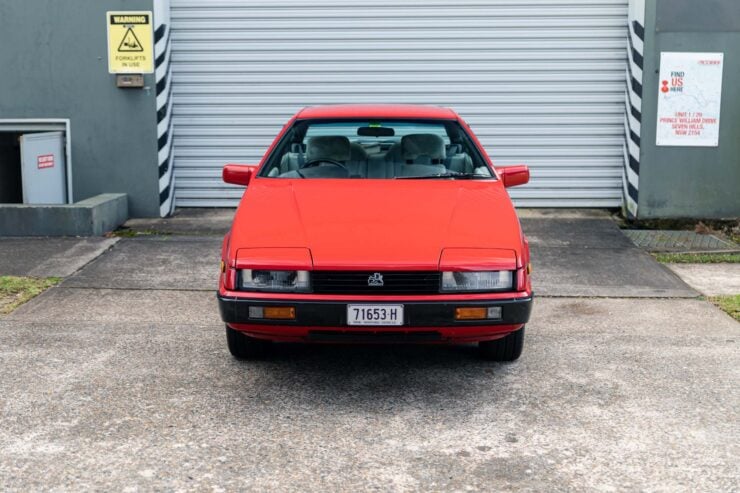
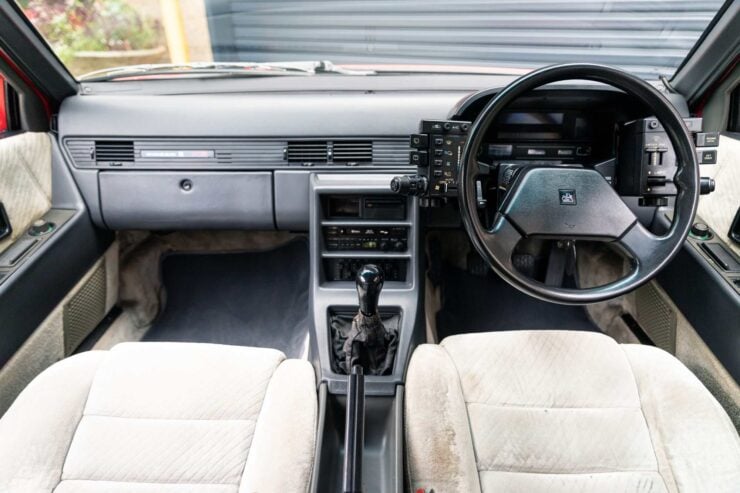
Images courtesy of Collecting Cars
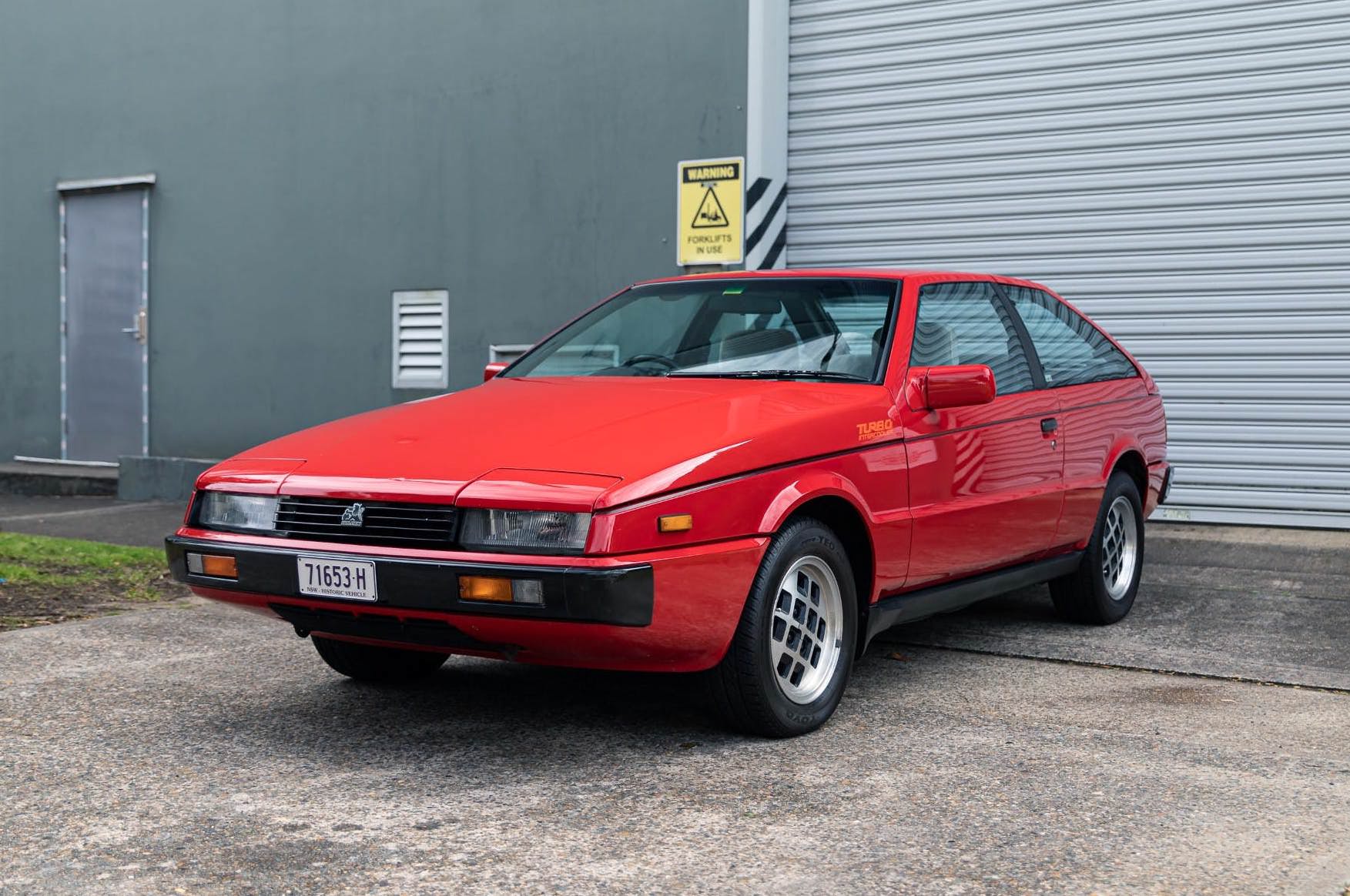
The post The Holden Piazza: A Turbo Hot Hatch From The Man Who Designed The DeLorean appeared first on Silodrome.